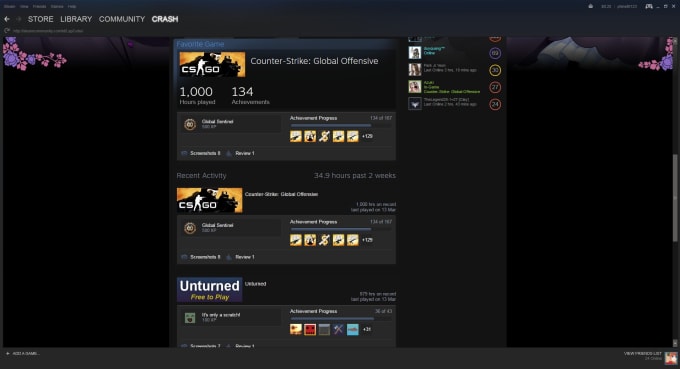

The number of each element should be the same on both sides. To check for balance, count the number of atoms on both sides for each element. Before its balanced, its called a skeleton equation. Na₂ O₁ (You do not need to write the one) Na⁺ and O²⁻ (If the charge does not have a number, it is 1) NaCl (You do not need to write 1 for atoms)Ĭa₂O (oxygen's charge of 2 becomes number of calcium atoms) The number of atoms an element gets is the charge of its partner. Therefore sodium bonds with oxygen, calcium bonds with chloride.ī) Ensure the formulas are correct for each compoundįirst, write out the element ions symbols in a compound. They will form new non-metal bonds with O and Cl.

Since there are two metals (Na and Ca) in the reactants, the new compounds formed can only be ionic. This means each element will switch partners.Ĭompounds can only be covalent (non-metal + non-metal) or ionic (metal + non-metal). The products are not H2O and CO2 (combustion) and the reactants are not an acid and a base (neutralization), it is double displacement.

(Each side has 2 sodium, 2 chloride, 2 calcium and 1 oxygen).Ĭonsider if a) the elements in the compounds are correct, b) the compound formulas are correct, and c) the equation is balanced.Ī) What is formed when sodium chloride reacts with calcium oxide: The number of elements in the reactants and products are the same. The formula for each compound is correct because each of the number of atoms is the same as the charge of its bonded element. The compounds in the reactants and products are both ionic because there are two metals and two non-metals. 2NaCl + Ca₂O => Na₂O + CaCl₂ is the right equation for when sodium chloride reacts with calcium oxide, it will form sodium oxide and calcium chloride.


 0 kommentar(er)
0 kommentar(er)
